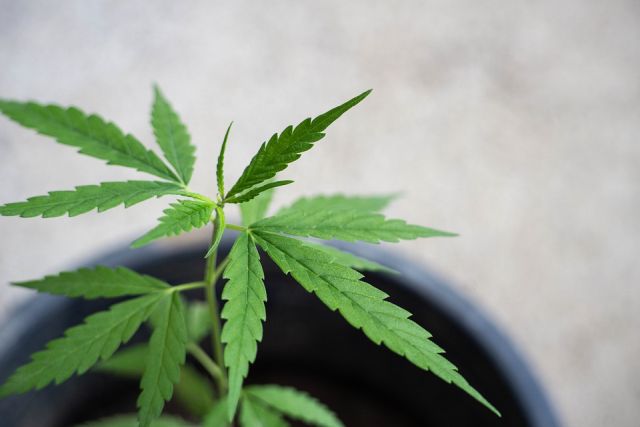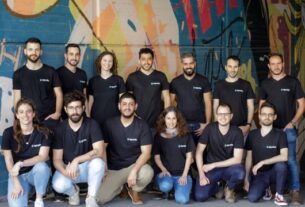By Contributing Author
Thanks to the 2018 Farm Bill, on a federal level, it is now completely legal to cultivate and distribute hemp. This is undoubtedly a welcome change for CBD enthusiasts that have long been demanding a more conducive legal and social ecosystem to enjoy the numerous health benefits of CBD, the highly popular chemical byproduct of hemp. The enactment of the bill has already caused a significant surge in the market demand for CBD derived products. As a result, growing hemp is now a highly profitable venture for both novices as well as experienced growers. If you are also looking to make some money growing this emerging crop, this brief discussion is intended to guide to through the process.
First of all, please remember that the cultivation process is the same from seed to harvest, regardless of whether you are growing hemp for its seed, fiber, grain, or CBD oil.
Growing Conditions:
This is the foremost consideration for growing any crop. As far as hemp is concerned, it can thrive in almost all climatic conditions other than high mountain regions and extreme desert climates. However, please remember that best possible growing condition for hemp are areas with warm weather and organic material rich soil with good drainage capacity. Therefore, you should try to avoid areas with excessively wet soil or climate. Also, try to avoid areas that receive extremely heavy rains.
Before you start, it is advisable that you get your soil tested, especially for high levels of rock phosphate, potassium sulfate, and elemental sulfur. Hemp is reasonably resistant to disease and pest, and supplementary nutrition is not required to a great extent. Compared to other organic crops, it requires minimal cultivation by hand because it tends to grow at much faster pace than the surrounding weeds.
Make sure that these growing conditions remain consistent and stable throughout the growing cycle, which may vary between 108 to 120 days.
Seeds V/S Clones:
As a grower, you would have to decide whether you want to grow CBD from plant cuttings or seeds.
If you grow from cuttings, your plants are more likely to be uniform and have lower plant to plant variability. This is extremely useful for managing large acreage operations. Also, the risk of developing hermaphrodites or male plants is reduced significantly because cuttings are initially all female plants.
On the other hand, a tap root can only be produced by seeds. Taps roots can play an important role in creating a higher yield and more vigorous plant in outdoor farming. Before planting seeds outside, be sure to germinate them in a greenhouse because the direct sow technology for hemp varieties is still in the early stage of development. To prevent insect and disease buildup and ensure soil recovery, follow the traditional practice of crop rotation. To grow the highest quality CBD, you may buy seeds from any renowned cannabis seed bank.
Hemp Harvesting:
The hemp plant requires about 90 to 100 days to be fully matured. For CBD extraction, hemp is generally harvested in the month of October when the flowers become ripe and full. Once this stage arrives, hemp can be dried and cured. The next step for you is to sell your hemp. If you are growing hemp for your own CBD products, send it away for CBD extraction.
Storage and Processing:
If you are not interested in selling, storage and processing of the hemp is your next and final task. Once harvesting is completed, prepare your hemp for storage by eliminating all possible foreign materials from the grains. To avoid spoiling, be sure to aerate it immediately. Also, don’t forget to dry your hemp using a belt conveyor or an auger.




